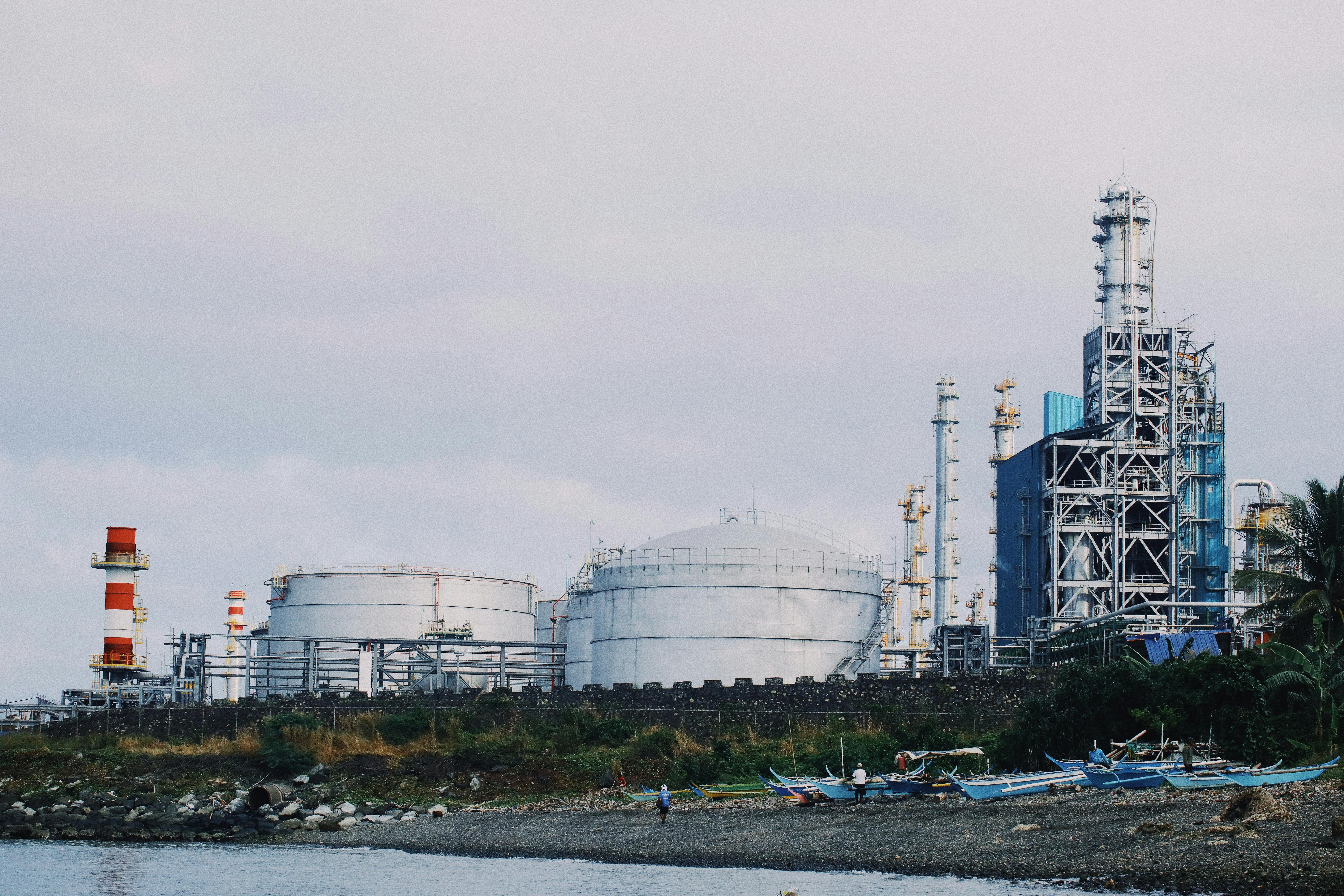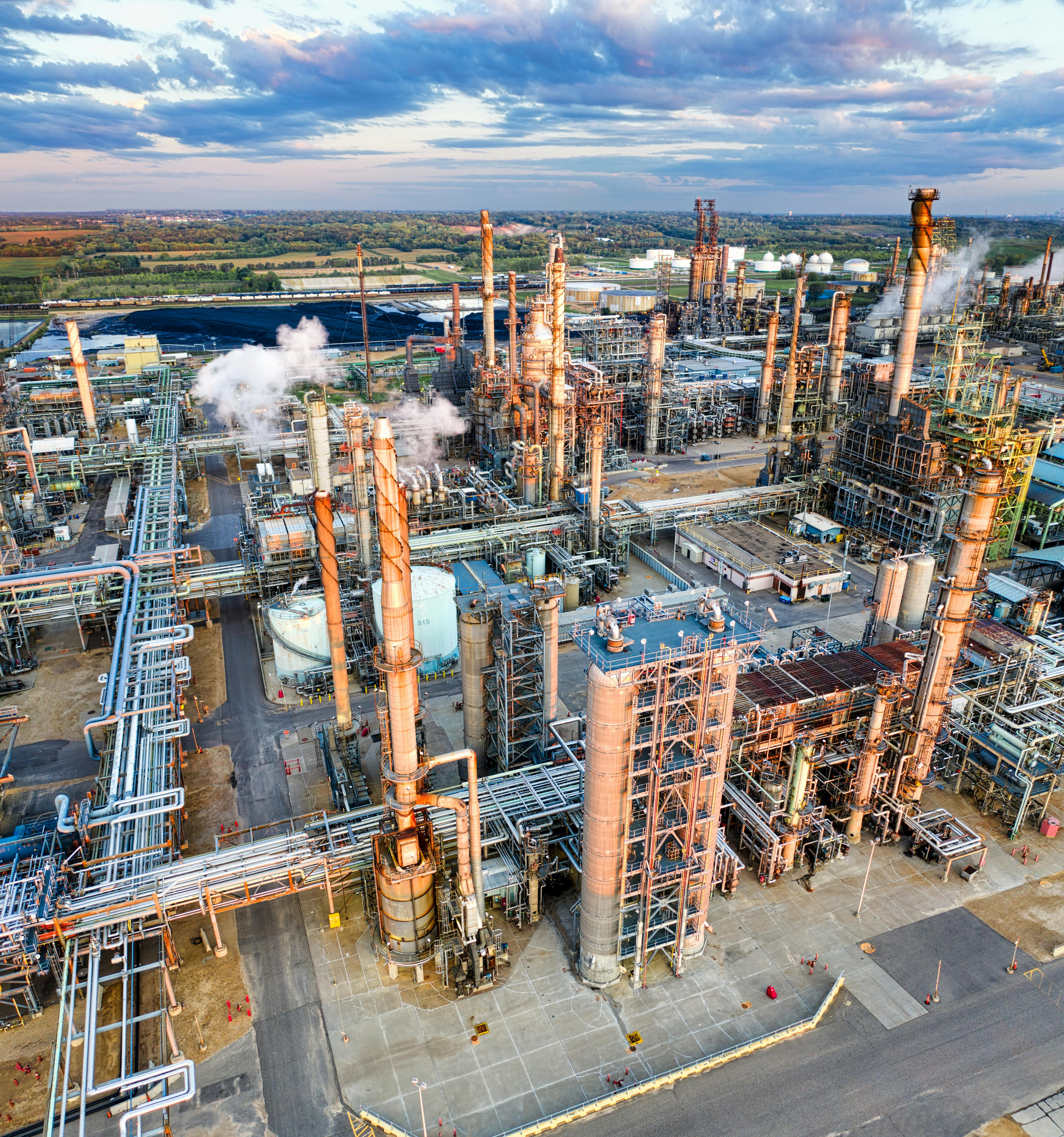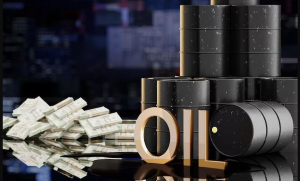Understanding Petrochemical Processes
Introduction
Petrochemicals are chemical products derived from petroleum and natural gas. They play a crucial role in the modern economy, serving as the building blocks for a wide range of products, from plastics and fertilizers to pharmaceuticals and cosmetics. This comprehensive guide explores the journey of petrochemicals from crude oil to final products, highlighting the key processes involved in transforming raw materials into valuable commodities.
1. Crude Oil Extraction and Refining
Crude Oil Extraction
Crude oil, a complex mixture of hydrocarbons, is extracted from underground reservoirs through drilling. Once brought to the surface, it is transported to refineries via pipelines, ships, or rail.
Refining Process
The refining process separates crude oil into various fractions through a technique called fractional distillation. This process occurs in a distillation column, where crude oil is heated to high temperatures, causing it to vaporize. As the vapor rises through the column, it cools and condenses at different levels, corresponding to various temperature ranges. The primary fractions include:
– Gases (e.g., methane, ethane, propane, butane)
– Naphtha (used as a feedstock for petrochemicals)
– Gasoline (used as fuel)
– Kerosene (used as jet fuel and in heating)
– Diesel (used as fuel)
– Heavy fuel oil (used in power generation and marine fuel)
– Residuum (used to produce asphalt and other heavy products)

2. Conversion Processes in Petrochemicals
Once the crude oil is refined, the naphtha fraction, along with natural gas liquids, becomes the primary feedstock for petrochemical production. The following are key conversion processes:
Steam Cracking
Steam cracking is a crucial process in the petrochemical industry. It involves heating hydrocarbons in the presence of steam to break down large molecules into smaller ones. This process primarily produces ethylene, propylene, butadiene, and benzene. These basic chemicals are fundamental to producing a wide range of petrochemical products.
– Ethylene: Used to produce polyethylene, ethylene oxide, and ethylene glycol.
– Propylene: Used to produce polypropylene, propylene oxide, and acrylonitrile.
– Butadiene: Used in the production of synthetic rubber.
– Benzene: Used to produce styrene, phenol, and nylon intermediates.
Catalytic Reforming
Catalytic reforming improves the quality of naphtha, enhancing its octane rating and producing aromatic hydrocarbons like benzene, toluene, and xylene (BTX). These aromatics are key raw materials for many petrochemical processes.
– Benzene: Utilized in the manufacture of resins, nylon, and other synthetic fibers.
– Toluene: Used as a solvent and in the production of benzene and xylene.
– Xylene: Used in the production of terephthalic acid, a precursor for polyester.
Alkylation and Polymerization
Alkylation and polymerization processes are used to produce high-octane gasoline components and polymers, respectively.
– Alkylation: Combines isobutane with olefins (e.g., propylene, butylene) to produce high-octane components for gasoline.
– Polymerization: Converts monomers like ethylene and propylene into polymers such as polyethylene and polypropylene, used in packaging, containers, and various consumer goods.

3. Final Petrochemical Products
The basic petrochemicals produced through cracking and reforming are further processed into a vast array of final products. Some key categories include:
Plastics
Plastics are one of the most significant categories of petrochemical products. Derived from ethylene, propylene, and other monomers, plastics have diverse applications:
– Polyethylene (PE): Used in packaging, films, and containers.
– Polypropylene (PP): Used in automotive parts, textiles, and packaging.
– Polyvinyl Chloride (PVC): Used in pipes, cables, and construction materials.
– Polystyrene (PS): Used in insulation, packaging, and disposable cutlery.
Synthetic Fibers
Synthetic fibers, derived from petrochemicals, are integral to the textile industry:
– Nylon: Used in clothing, carpets, and industrial applications.
– Polyester: Used in clothing, home furnishings, and industrial fabrics.
– Acrylic: Used in clothing, blankets, and outdoor products.
Chemicals and Solvents
Various chemicals and solvents are derived from petrochemicals, essential for numerous industrial processes:
– Methanol: Used in formaldehyde production and as a fuel.
– Acetone: Used as a solvent and in the production of plastics and fibers.
– Ethylene Glycol: Used in antifreeze and polyester production.

Fertilizers and Pesticides
Petrochemicals also contribute to agriculture through fertilizers and pesticides:
– Ammonia: Produced from natural gas, used to manufacture fertilizers.
– Urea: A nitrogen-rich fertilizer derived from ammonia.
– Pesticides: Various petrochemical derivatives are used to protect crops.
Conclusion
The journey of petrochemicals from crude oil to final products is a complex and intricate process involving multiple stages of refining, conversion, and synthesis. The petrochemical industry plays a vital role in modern society, providing essential materials that form the backbone of countless products and applications. Understanding these processes not only highlights the importance of petrochemicals but also underscores the technological advancements and innovations driving this dynamic industry forward.









